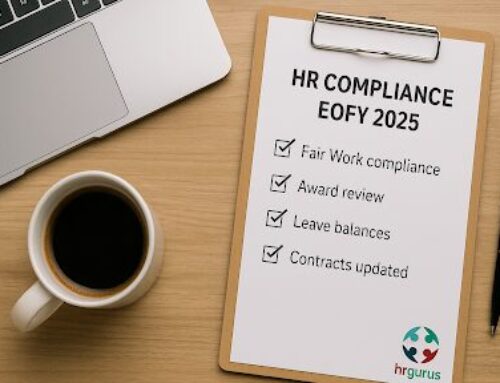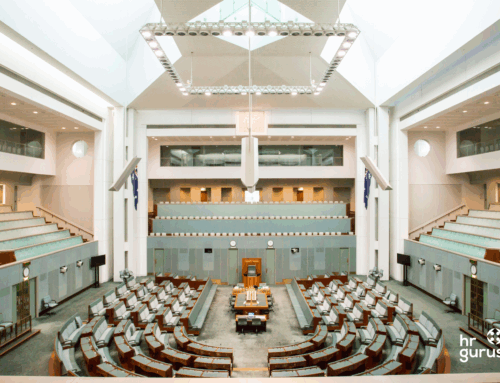The Migration system in Australia has just changed – What you need to know
The Albanese government’s recent migration reforms, effective from 1 July 2024, have introduced significant updates that Employers and HR professionals in Australia need to be aware of. These changes aim to address the issues within the current migration system, providing more flexibility for skilled migrants and ensuring better protection for workers.
Key migration changes impacting employers that hire migration
1.Increased flexibility for sponsored migrants
One of the most significant changes is the increased flexibility for visa holders under the Temporary Skill Shortage (subclass 482), Temporary Work (Skilled) (subclass 457), and Skilled Employer Sponsored Regional (subclass 494) visas. Previously, if these workers left their employer, they had just 60 days to find a new sponsor, often leading to a sense of entrapment or “golden handcuffs.” Under the new rules, they now have up to 180 days to secure a new position or transition to another visa, with a total allowance of 365 days across the visa period. This change provides workers with greater autonomy and reduces the pressure to remain with an unsatisfactory employer.
2.Temporary skilled migration income threshold (TSMIT) increase
The TSMIT has been raised from $70,000 to $73,150 as of July 2024. This increase is part of the government’s broader strategy to ensure that skilled migrants are fairly compensated. HR departments must ensure that any new sponsorships meet this updated threshold to comply with the new regulations. It’s crucial for employers to review their current salary structures and make necessary adjustments to meet or exceed this threshold source
3.Strengthened employer compliance measures
The reforms also include stricter compliance and reporting obligations for employers. Enhanced record-keeping requirements, regular compliance reports to the Department of Home Affairs, and increased random audits are now in place to ensure that employers adhere to visa conditions and protect migrant workers from exploitation. This move is designed to improve transparency and accountability, which could lead to significant penalties for non-compliance, including fines or the loss of sponsorship rights.
4.Restrictions on ‘Visa Hopping’
To curb the practice of temporary visa holders continuously extending their stay in Australia without a clear path to permanent residency, new restrictions have been introduced. For instance, holders of Temporary Graduate (subclass 485) and Visitor (subclass 600) visas are now required to apply for student visas from outside Australia. This measure is aimed at reducing the number of “permanent temporary” residents and encouraging a more stable migration system.
5.Introduction of the workplace justice visa
A new Workplace Justice Visa (subclass 408) has been introduced, allowing migrant workers to stay in Australia for up to 12 months if they need to pursue a workplace claim but have no other legal avenue to remain in the country. While this visa is expected to be used in limited circumstances, it represents a critical step in protecting the rights of migrant workers and ensuring they can seek justice without fear of deportation.
Implications for employers
These changes present both opportunities and challenges for employers. The increased flexibility for visa holders might raise concerns about potential misuse of the system, where employees could leave their sponsors shortly after obtaining a visa. To mitigate this risk, HR departments should consider incorporating clauses in employment contracts that allow the recovery of certain costs if an employee leaves within a specified period. However, these measures should be balanced carefully to avoid creating a punitive work environment that could deter talented migrants from joining your organisation.
Moreover, the updated TSMIT and enhanced compliance measures mean that HR teams need to stay vigilant in managing their sponsored workforce. Regular audits of employment conditions and proactive engagement with immigration professionals can help ensure compliance with the new rules.
Conclusion
The 2024 migration changes are a pivotal step in reforming Australia’s migration system, offering more balanced opportunities for migrants and employers. While these changes demand more from HR departments in terms of compliance and strategic planning, they also open up new possibilities for attracting and retaining skilled talent. By staying informed and adapting to these reforms, HR professionals can turn these challenges into opportunities for growth and innovation within their organisations.
For more detailed guidance or specific advice related to your organisation, it’s advisable to consult with an immigration expert to navigate these changes effectively. We have relationships with various providers who can assist.
Written by Emily Jaksch
Source of information:
Continue Reading
Get a personal consultation.
Call us today at 1300 959 560.
Here in HR Gurus. We make HR simple because it should be.





